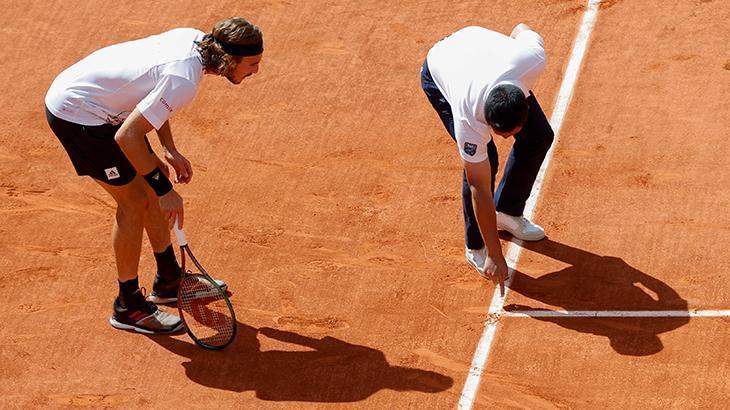French Open line calls: Why Roland Garros still solely rely on judges and 'marks'
The French Open stands alone among Grand Slams, uniquely maintaining traditional line judges and relying on ball marks to determine shot placements, rather than employing electronic line calling. This distinct commitment is rooted in a deep respect for the tournament's 134-year-old traditions and a strong desire to preserve the human element in officiating, despite ongoing debates surrounding technology's accuracy on clay.

In an era where technology increasingly dominates sports officiating, the French Open remains a staunch defender of tradition, standing as the sole Grand Slam tournament that continues to employ human line judges. Unlike its counterparts, Roland Garros relies on the naked eye and the unique marks left by the ball on its iconic clay courts to rule on whether a shot is in or out, with players unable to challenge decisions using electronic replays.
Read More ›
The commitment to this traditional approach, according to tournament organizers, stems from two core principles: upholding the rich history synonymous with the event and an unwavering reluctance to cede human control to machines.
Gilles Moretton, president of the French Tennis Federation (FFT), firmly articulated this stance, stating, "I think we are right to keep our referees and line judges at Roland Garros. The federation wants to keep our referees for as long as we can. I hope we'll be able to maintain it in our tournaments in the future."
Electronic line calling systems, such as Hawk-Eye, utilize a sophisticated network of cameras, computers, and sensors to precisely track a ball's trajectory and determine its landing spot. While these systems are widely adopted, a common argument against their use on clay courts points to the red dust layer, suggesting it compromises accuracy due to the surface being "live" and shifting during play.
Read More ›
Marks can be misleading
However, Paul Hawkins, the inventor of Hawk-Eye, offers a counter-perspective that challenges this long-held belief. Hawkins asserts that the technology is, in fact, highly accurate on clay. He argues that the inaccuracy lies not with the system, but with the visual ball mark itself. According to Hawkins, a ball can clip the plastic white line and continue traveling before hitting the clay a few millimeters beyond, creating a mark that *appears* out when, in reality, the ball was in.
Despite this technical nuance, Hawkins believes that Roland Garros might even be "better" without electronic line calling. He contends that if the century-old practice of players inspecting the ball mark is accepted, then the system remains "fair."
Wimbledon was the first Grand Slam that introduced Hawk-Eye
The landscape of line calling has evolved dramatically across the other three major tournaments. Both the Australian Open and the US Open, played on hard courts, fully embraced automation in 2021 and 2022 respectively, entirely dispensing with human line judges in favor of automated calls. Wimbledon, historically a bastion of tradition on grass courts, first introduced Hawk-Eye technology in 2007 to allow players to challenge human calls. Significantly, in a major shift for the tournament's 147-year history, Wimbledon is, this year, transitioning to a fully electronic line-calling system, replacing its human line judges entirely.
Read More ›
Against this backdrop of widespread technological adoption, the French Open's steadfast adherence to human officiating and the manual inspection of ball marks highlights its unique identity and deep respect for the sport's heritage on clay.










